Tracking social media metrics is important to assess the success of social media marketing efforts. But the world of social media metrics brings in so many terms, some of which seem interchangeable yet harbor subtle nuances.
One such confusion is between reach and impressions.
What is reach? What are impressions? Difference between impression and reach?
Let us understand these two social media metrics in detail.
What is the number of people who saw my content?
Reach provides the answer to this question. Reach is the number of unique views to a content. It does not include multiple views by one user. Reach can be tracked for overall content and individual content like each story, reel, etc.
What is the number of times my content was seen?
Impressions provide the answer to this question. This metric includes multiple views from users. Impressions can be calculated for the overall content and even for any individual post, story, reel, etc.
If impressions are significantly more than the reach, what does that convey?
It means that your audience likes your content and views it repeatedly.
Now let us come to “Reach vs. Impressions”.
To answer this “Impressions vs. Reach” conundrum, we have already understood what each term means individually.
Both reach and impressions relate to the number of views. While reach only takes unique views in the count, impressions include multiple views from one user.
Let us understand the difference between “Impressions vs. Reach” with an example:

Suppose you saw an Instagram dance reel of your favorite influencer and saw it 8 times as you loved it. So, the number of impressions is 8. But reach is only 1.
For Facebook, reach means the number of users who see any content from or regarding your page.
Impressions include every time your Page’s content appears on someone’s screen. Say five of your followers saw your Facebook post twice, it would mean the reach is five and the impressions are ten.
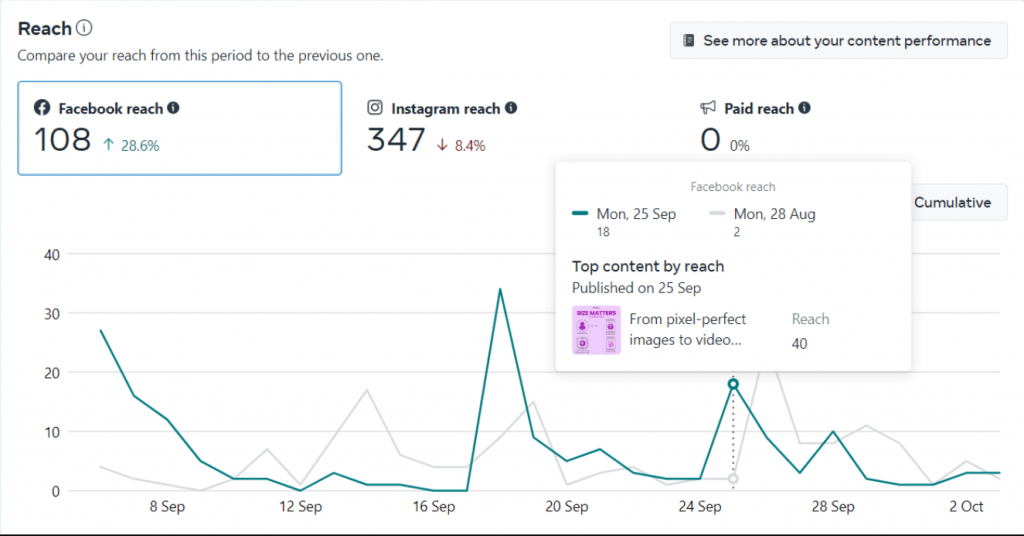
These metrics could also be classified as organic, paid, or viral. If you use Facebook ads, the reach and impressions as a consequence of these paid ads would count as underpaid, and other non-paid would be organic views.
Vaizle also helps you to give insights about your Facebook Page.
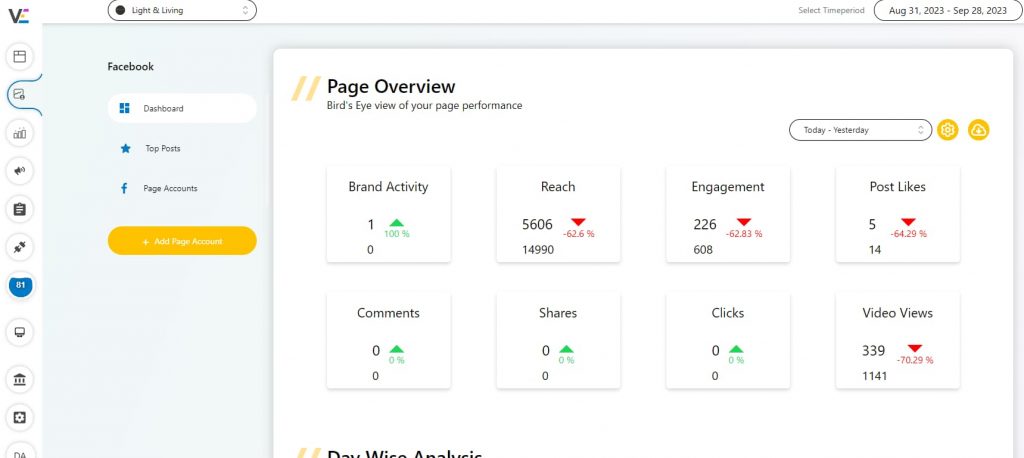
For Instagram, reach refers to the number of unique accounts that have seen your Instagram account content at least once.
Impressions for Instagram mean the number of times your content has been seen. This includes multiple views for that content, too.

The Vaizle allows you to assess your reach and impression of Instagram weekly, monthly, etc. It can also be analyzed from location, age, and gender points of view.
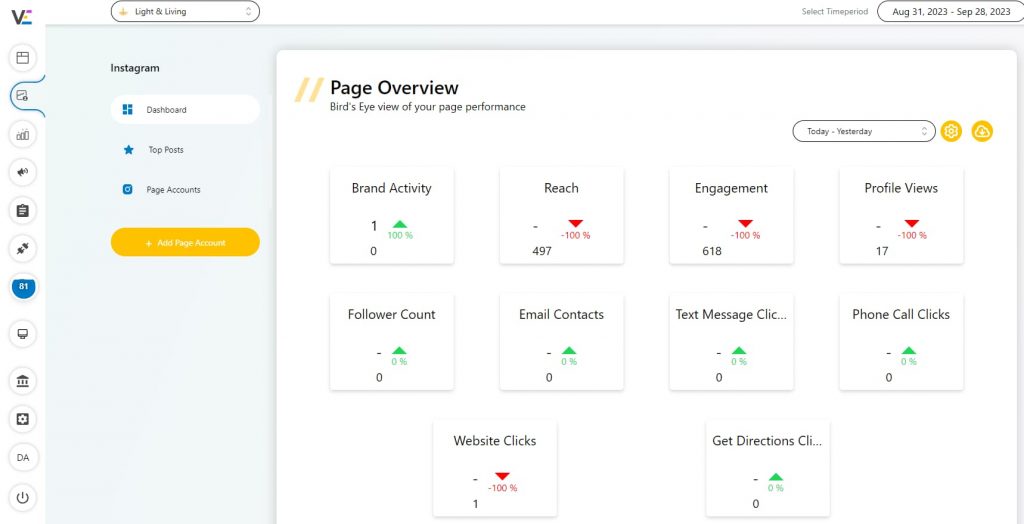
For LinkedIn, impressions are an important metric. It means how many people saw your post. The more impressions, the better it is.
LinkedIn does not have any reach metric per se. An alternative to it could be LinkedIn’s metric that lets you know how many people saw your profile in the previous 28 days. You can analyze LinkedIn reach and impressions with the help of Vaizle.
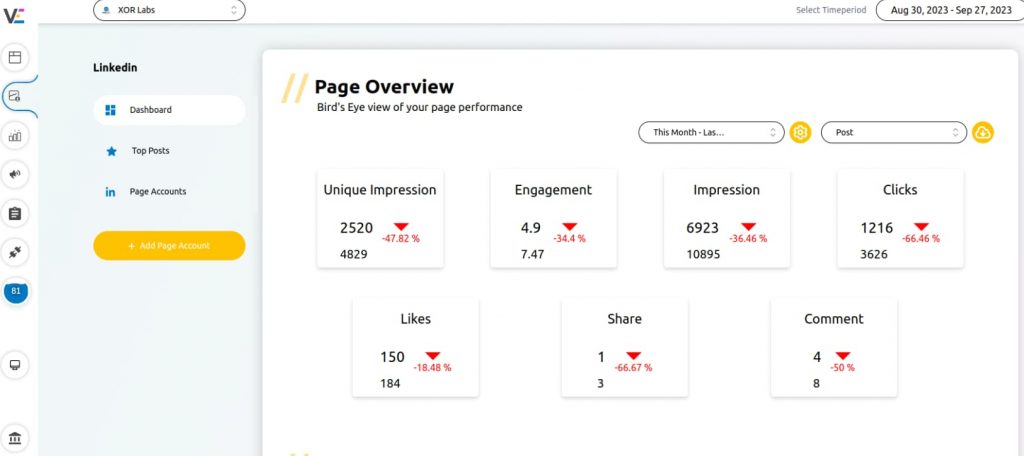
On YouTube, “reach” means how many users click on your video to watch it.
“Impressions” tell you how often your video thumbnail is shown to potential viewers.
When it comes to YouTube, the “impression-click-through rate” is more important because it shows how many people who saw your video thumbnail ended up watching your video.
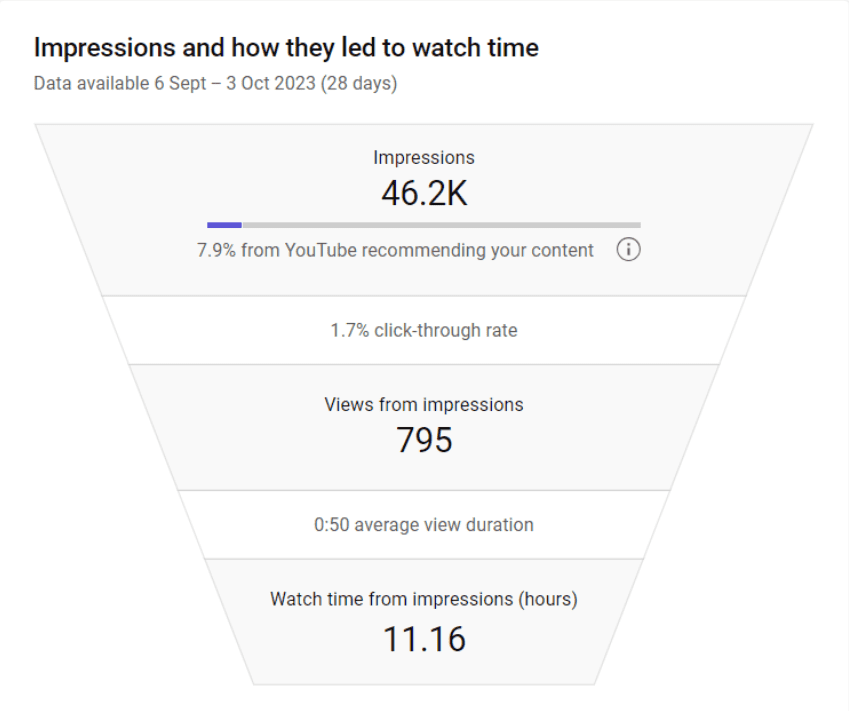
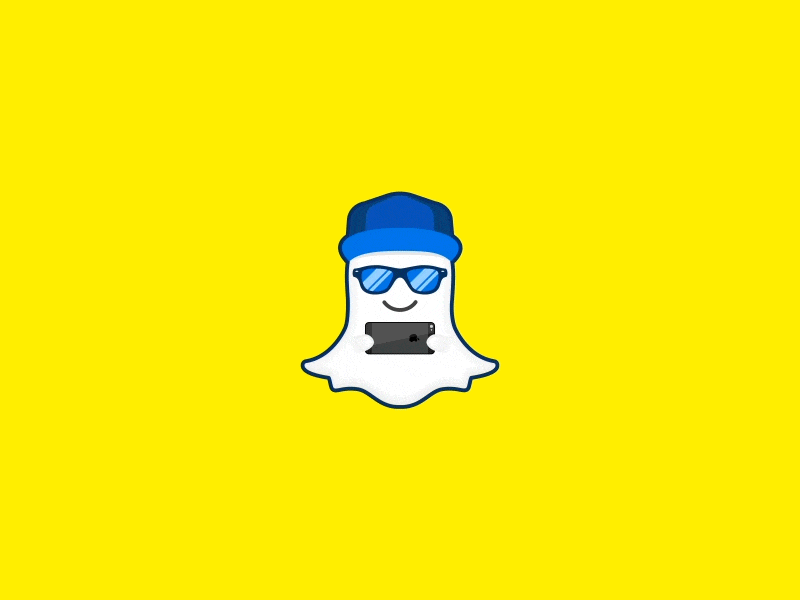
Source – dribbble.com
Snapchat is not different from platforms like Instagram and Facebook. However, as there is nothing like posting, impressions are considered for stories.
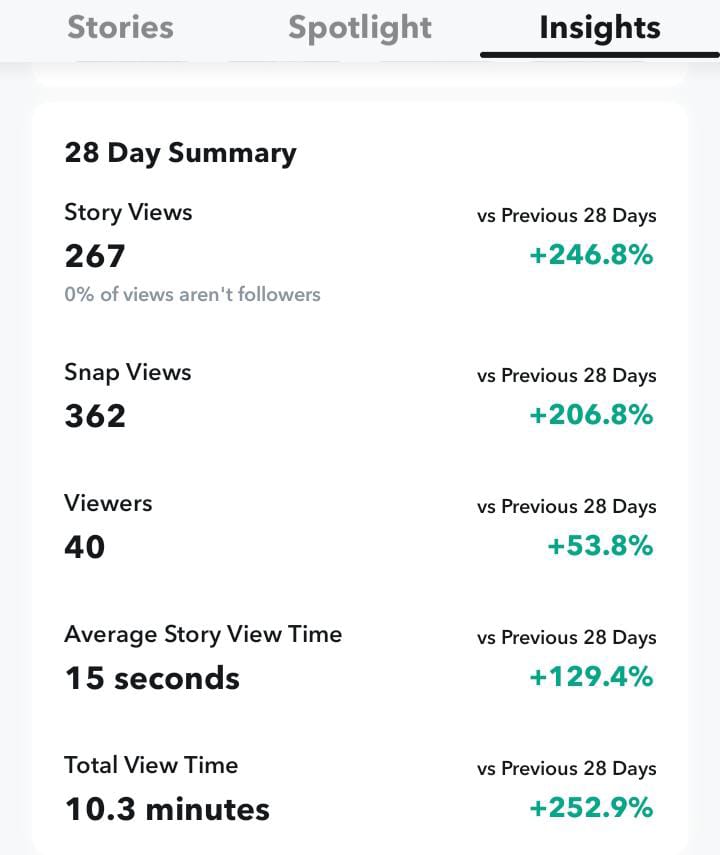
When you’re looking at your social media accounts, two important things to consider are reach and impressions. There are different tools out there like Vaizle, Loomly, Hootsuite, and more that can help you track these numbers.
For marketers, it’s not just about their own accounts – it’s also important to stay ahead of their competitors. Vaizle is especially useful for this because it gives you a broad view of different channels and trends.
Vaizle’s live dashboard shows you all the key numbers, like reach, impressions, post likes, clicks, and more. These numbers tell you how well your account is doing and help you make quick decisions with just a few minutes of your time.
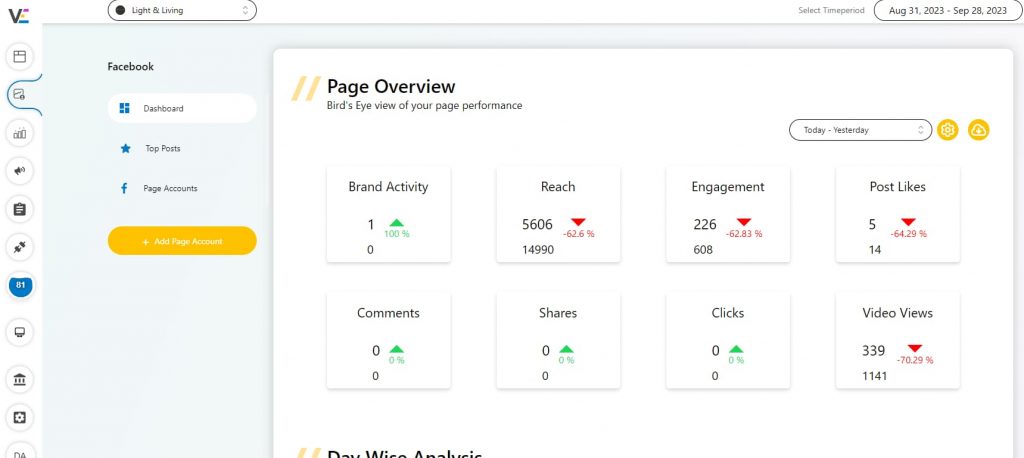
Additionally, Vaizle provides a detailed ad analysis tool. With this feature, you can review your ad spends alongside impressions to calculate the cost per conversion.
It helps you stay on top of your ongoing campaigns and pinpoint which ones are performing best for your account.
To sum up, it’s not just about tracking reach and impressions; it’s about tracking them accurately. Vaizle tool makes it easy to do this, helping you make smart decisions based on accurate data.
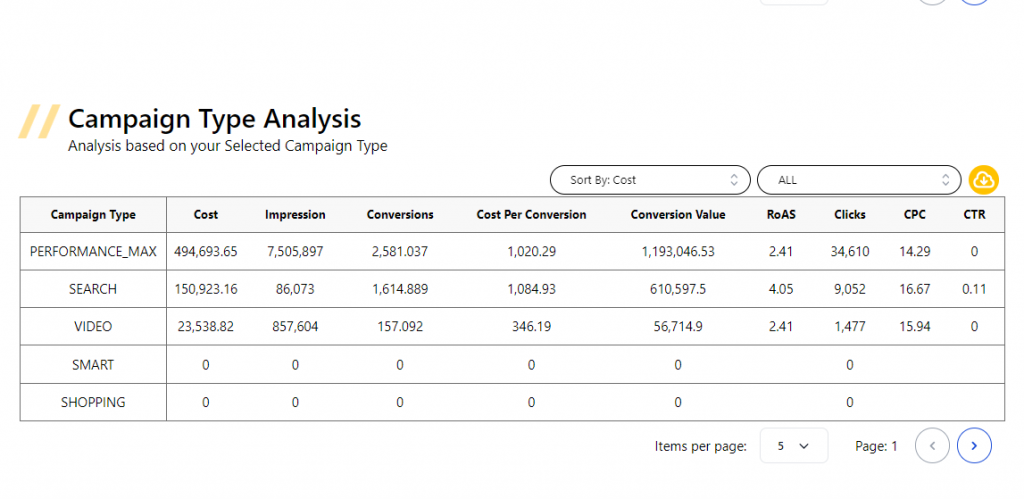
As we discussed above, reach focuses on individuals. It refers to the number of unique individuals or accounts that saw your content. Impressions focus on views. Impressions means the number of times your content has been seen, including multiple views from one user.
It will ultimately come down to the goals for which you are tracking these metrics. Higher impressions mean your audience appreciates your content and sees it more than once. If the prime objective is to reach a wider audience, greater reach is more important.
If your impressions are higher than your content’s reach, it means users are viewing your content multiple times. It means they like your content and/or relate to it.
Clicks mean the number of times users engage with a piece of content by clicking on it. Reach means the total number of unique users or individuals who have seen your content. So clicks are about interaction with the content, and reach is about exposure to the content.
Reach is how many different people saw your social media content. It does not count the same person seeing it multiple times. It can be calculated for an individual post, story, reel, or for all the content.
Reach is calculated by dividing impressions by frequency (reach = impressions/frequency).
Impressions on Instagram tell you the number of times any content piece (story, post, reel) was pushed to user feeds by the algorithm. For example: if a particular user scrolls past your reel, it will be counted as a single impression.
Impressions on Facebook are the count of times your content is shown to unique users. It doesn’t necessarily mean that the user consumed or interacted with your content. It simply tells you the number of times your posts are shown in feed or timeline.
Impressions on YouTube tell you the number of times the video’s thumbnail is shown to users. It doesn’t specify whether the user has clicked on the video or not.
Himanshu is an SEO Executive with 7 years of work experience and MBA in Marketing. His core expertise lies in crafting impactful SEO strategies for growing B2B organizations and bringing organic traffic to their social and web channels! He is also a fitness freak with a knack for athleticism and you'll often find him spending his off hours in a gym.
Copyright @VAIZLE 2025